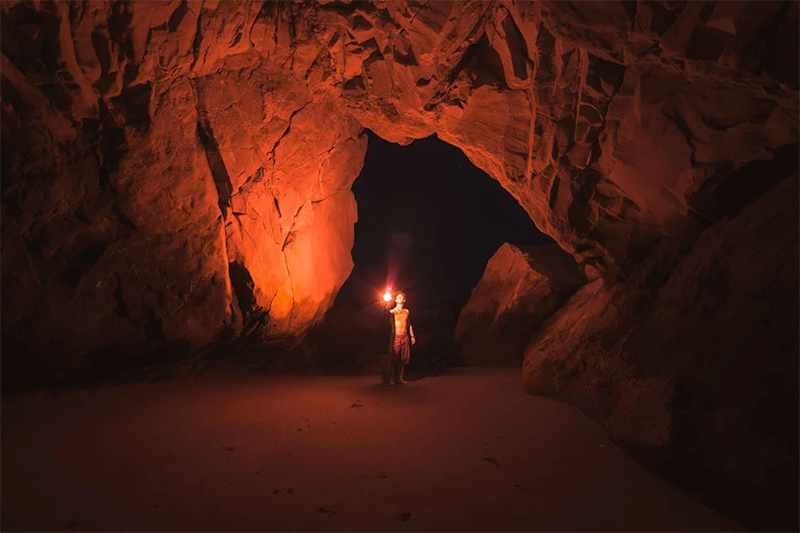Exploring Ancient Cave Paintings and Rock Art Sites
Some of the first means of human expression, cave paintings provide a special prism through which we could investigate the complexity of prehistoric existence. Often buried deep within caves, these prehistoric artworks expose not only early humans’ artistic ability but also their deep-seated beliefs, social systems, and relationships with the natural environment. Examining the relevance of these amazing works reveals a complex tapestry of cultural narratives that still ring true for contemporary viewers, therefore underscoring the legacy of our ancestors’ inventiveness and spirituality.
The History of Cave Paintings
Tens of thousands of years old, cave drawings give a window into the life and beliefs of early people. Often located in far-off areas, these artworks fulfilled a variety of functions, from ceremonial expressions to useful record of hunting events. The pigments employed were obtained from natural resources, therefore highlighting the inventiveness of early artists. Sites such as Altamira in Spain and Lascaux in France expose complex images of animals and human figures, therefore underscoring the cultural value of these works. Examining these prehistoric artworks provides insightful analysis of the spiritual practices, social systems, and surroundings of our forebears.
Techniques and Materials Used in Ancient Cave Art
To produce their cave art, ancient artists used a range of materials and procedures, therefore displaying amazing inventiveness and skill. To create paint, ground natural colors include manganese, charcoal, and ochre then combined with binders like animal fat or water. From simple stencils made with leaves or hands to fingers and brushes fashioned from animal hair, tools ranged. Techniques covered include carving and pecking the rock surfaces as well as blowing pigment through hollow bones to create a spray effect. These techniques show not only the artists’ abilities but also their close awareness of the surroundings and accessible resources.
Significance and Meaning of Rock Art Sites
Rich in meaning, rock art sites provide windows into the social and spiritual life of past societies. Reflecting the views and experiences of the individuals who made these artworks, they frequently tell stories, myths, and beliefs. Many researchers propose that the paintings served as a kind of communication, maybe connected to hunting ceremonies or ancestral veneration. These artworks’ placement in particular sites, including cliffs or caverns, highlights their significance even more by implying a link to the terrain and the universe. Researching these sites helps one understand human cognition, cultural development, and the interaction between people and their surroundings.
Preservation and Conservation of Ancient Cave Paintings
Maintaining cultural legacy and knowledge of human history depends on the old cave paintings being preserved. Natural erosion, climate change, and human activity like tourism and vandalism all endanger these delicate artworks. Monitoring environmental conditions, restricting access to sensitive areas, and using cutting-edge technologies to record and examine the art without causing damage constitute part of conservation activities. Raising awareness and putting protective policies into effect depends much on cooperation among archaeologists, environmentalists, and nearby people. Giving preservation first priority guarantees that next generations may still learn from and value these amazing works of early human innovation.
The great link between people and their artistic expressions over history is highlighted by the legacy of cave paintings. Deeper exploration of these historic locations reveals not only the abilities and beliefs of our predecessors but also considers the common themes of invention and communication that cut across time. These priceless works of art must be preserved since they are evidence of the rich tapestry of human experience and encourage next generations to interact with the civilizations that molded our planet.
Photo Attribution:
1st & featured image by https://www.pexels.com/photo/person-standing-and-holding-lamp-inside-cave-2397414/
2nd image by https://www.pexels.com/photo/cave-paintings-on-a-wall-22944292/






